Canada’s linguistic landscape tells a fascinating story of cultural persistence and community pride. While English dominates much of the country, pockets of French-speaking communities have thrived for centuries, maintaining their language and traditions against the odds.
These towns represent more than just places on a map—they’re living testaments to French-Canadian heritage. Here’s a list of 20 small Canadian towns where French remains the primary language of daily life.
Tadoussac

This tiny Quebec town of just 800 residents sits where the Saguenay River meets the St. Lawrence, and French flows as naturally as the tides. Tadoussac has been welcoming visitors since 1600, making it one of North America’s oldest trading posts.
The locals still chat in French while watching beluga whales from the harbor, just as their ancestors did centuries ago.
Percé
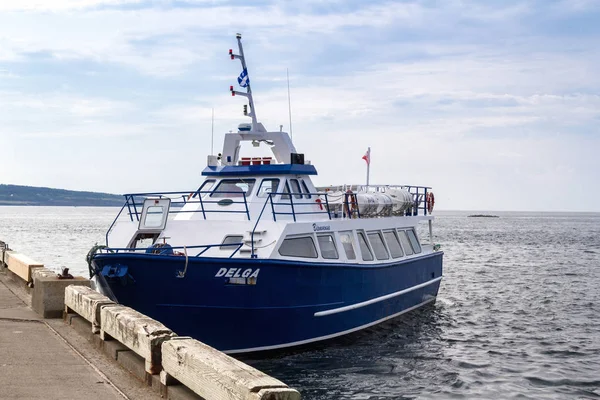
Perched on the Gaspé Peninsula’s dramatic coastline, Percé’s 3,200 residents live and breathe in French while gazing at the famous Percé Rock. This fishing village has maintained its linguistic identity despite welcoming thousands of tourists each summer.
The morning conversations at the local café happen entirely in French, from discussing the day’s catch to planning evening festivities.
Like Travel Pug’s content? Follow us on MSN.
Baie-Saint-Paul

Artists and locals alike speak French in this charming town of 7,000 people in the Charlevoix region. Baie-Saint-Paul became famous for its painters, but the real masterpiece is how the community preserved its French character through centuries of change.
Walk down any street and you’ll hear French conversations drifting from art galleries, bistros, and front porches.
Caraquet
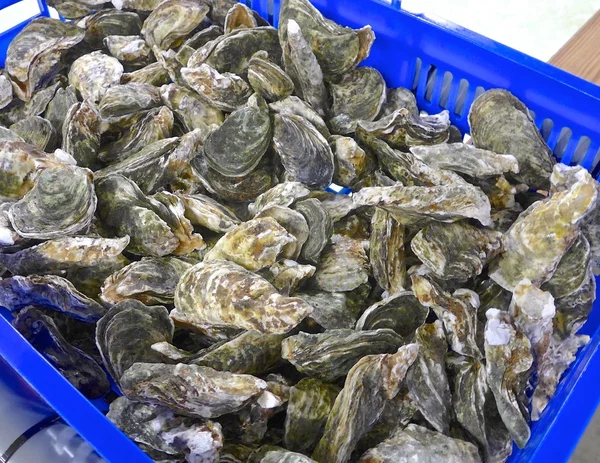
New Brunswick’s Acadian heart beats strongest in Caraquet, where 4,200 residents prove that French culture thrives beyond Quebec’s borders. This coastal town hosts the massive Festival Acadien every August, when French music and stories fill the air for days.
The local fishermen still head out each morning discussing weather and tides in the same French that their great-grandfathers spoke.
La Malbaie
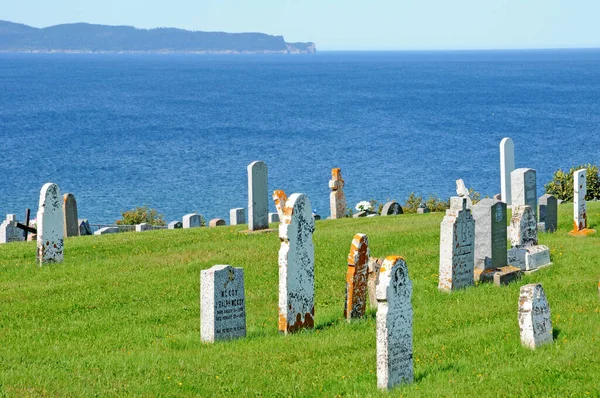
Nestled in the Charlevoix region, La Malbaie’s 8,600 residents maintain their French heritage while hosting international visitors at the famous Manoir Richelieu. The town’s name means ‘the bad bay,’ but there’s nothing bad about how well they’ve preserved their language and culture.
French dominates everything from municipal meetings to casual conversations at the local farmers market.
Like Travel Pug’s content? Follow us on MSN.
Rimouski
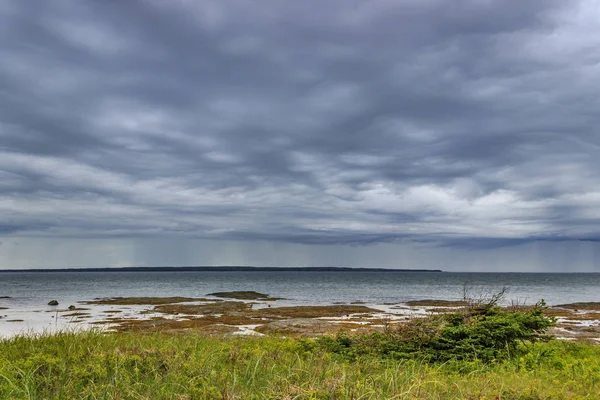
This St. Lawrence River town of 48,000 might seem large, but it maintains the intimate feel of a small community where everyone knows each other in French. Rimouski serves as the cultural hub of the Bas-Saint-Laurent region, hosting a major university where all lectures happen in French.
The morning radio shows, afternoon shopping trips, and evening social gatherings all unfold in the melodic Quebec French that defines the region.
Hearst
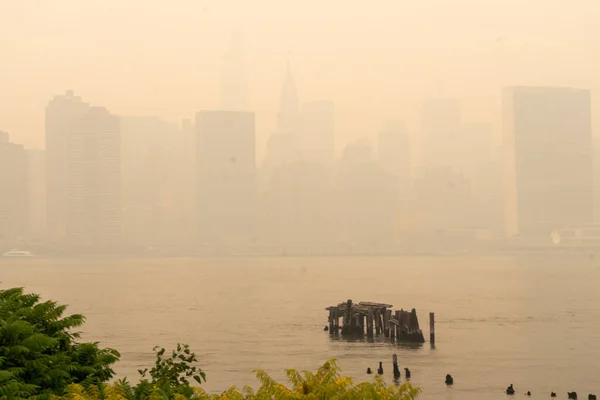
Ontario’s French stronghold sits in the northern wilderness, where 5,000 residents prove that French communities can flourish far from Quebec. Hearst was founded by French Canadian loggers in 1917, and their linguistic legacy remains stronger than the region’s fierce winters.
The town council meetings, school board discussions, and coffee shop conversations all happen in French, making visitors feel like they’ve crossed into another province entirely.
Shippagan
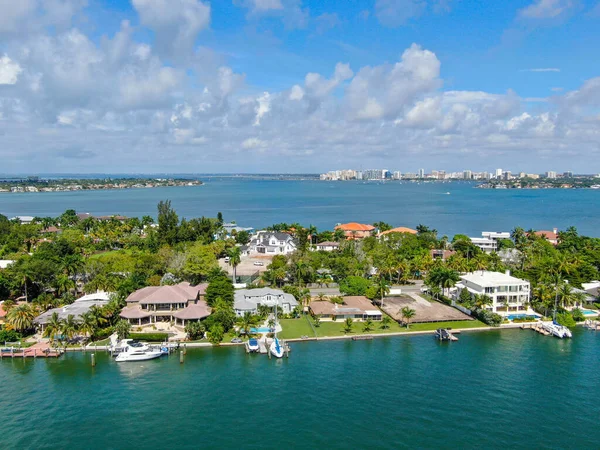
This New Brunswick fishing town of 2,600 keeps Acadian French alive through daily use rather than museum preservation. Shippagan’s residents work the waters of Chaleur Bay while maintaining conversations that blend traditional Acadian expressions with modern French.
The local aquarium and marine center offer tours in French, connecting visitors to both sea life and linguistic heritage.
Like Travel Pug’s content? Follow us on MSN.
Rivière-du-Loup

Sitting proudly on the south shore of the St. Lawrence, Rivière-du-Loup’s 20,000 residents create a French-speaking bubble that feels both historic and thoroughly modern. The town serves as a regional center, but French remains the language of business, education, and daily life.
Visitors arriving on the ferry from Charlottetown immediately notice that all announcements, signs, and conversations switch to French the moment they dock.
Saint-Jean-Port-Joli

This artistic Quebec town of 3,200 has carved out a reputation for wood sculpture while carving out space for French culture to flourish. Saint-Jean-Port-Joli’s artisans discuss their craft in French, passing down techniques and stories through generations of French-speaking families.
The annual sculpture symposium brings together artists from around the world, but the working language remains decidedly French.
Kamouraska
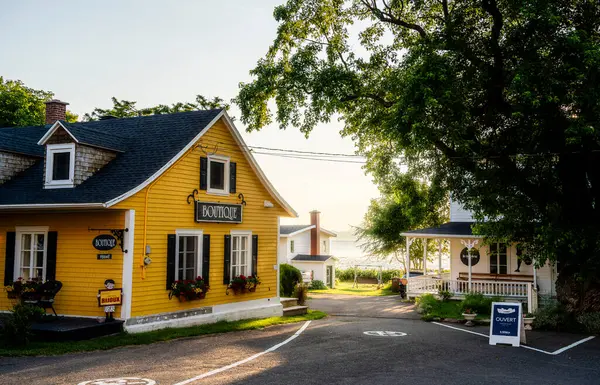
Perched along the St. Lawrence with views of Charlevoix’s mountains, Kamouraska’s 700 residents maintain one of Quebec’s most picturesque French-speaking communities. This village gained literary fame through Anne Hébert’s novel, but the real story is how such a small population keeps French culture vibrant and alive.
The local heritage buildings host French cultural events year-round, from poetry readings to traditional music performances.
Like Travel Pug’s content? Follow us on MSN.
Montmagny
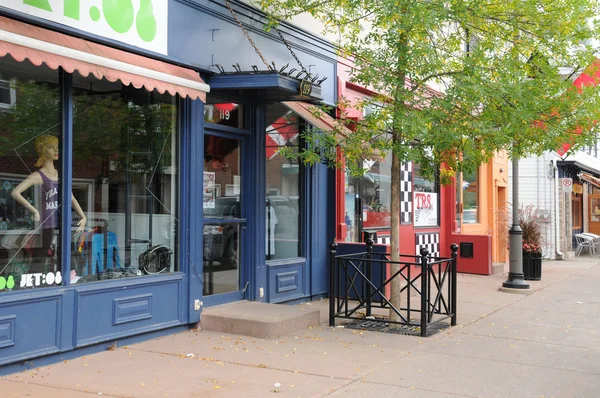
Known as the ‘Snow Goose Capital,’ Montmagny’s 11,000 residents watch massive bird migrations while maintaining their cultural migration patterns rooted in French tradition. The town’s festival celebrating the geese happens entirely in French, from the opening ceremonies to the closing fireworks.
Local guides explain the birds’ behavior and migration routes in French, connecting natural wonders to linguistic heritage.
Sainte-Anne-de-Beaupré
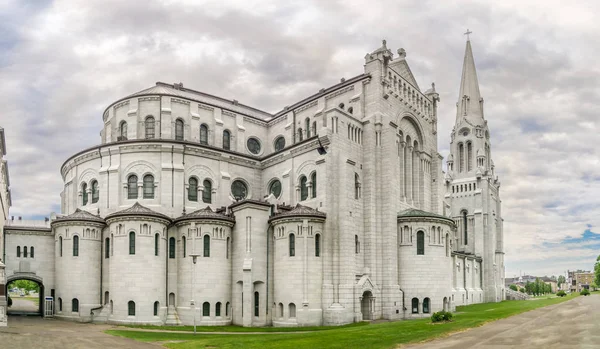
This pilgrimage destination welcomes visitors from around the world, but the 2,800 residents conduct their daily lives entirely in French. Sainte-Anne-de-Beaupré balances its role as a major religious site with maintaining an authentic French-speaking community.
The morning masses, afternoon shopping, and evening community meetings all unfold in French, creating a living backdrop to the town’s spiritual significance.
Gaspé
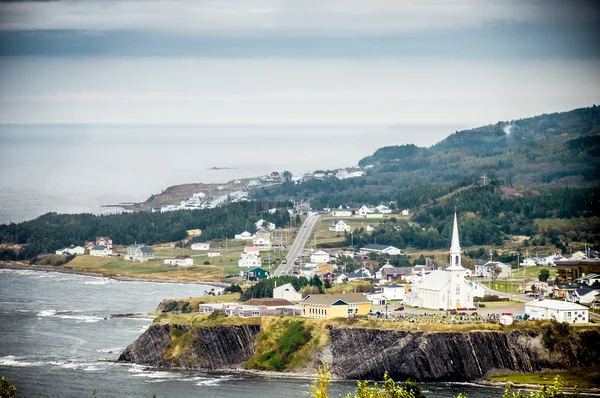
The Gaspé Peninsula’s largest town of 15,000 serves as the region’s French-speaking anchor, where Jacques Cartier first claimed Canada for France in 1534. Modern Gaspé residents continue the French legacy through municipal governance, educational institutions, and daily commerce, which is conducted entirely in French.
The town’s museum tells the story of French exploration, but the real exhibit is the living French community that still calls Gaspé home.
Like Travel Pug’s content? Follow us on MSN.
Lamèque

Connected to mainland New Brunswick by bridge, Lamèque Island’s 1,400 residents maintain their Acadian French identity surrounded by the waters of Chaleur Bay. The island hosts an annual baroque music festival where French and international cultures blend seamlessly.
Local fishermen and festival organizers alike conduct their business in French, proving that linguistic traditions can thrive even in isolated communities.
L’Islet
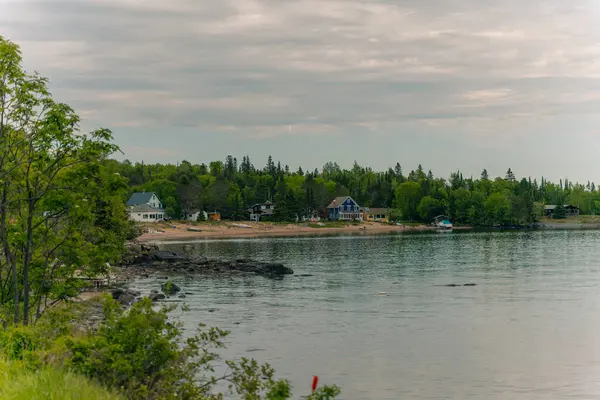
This St. Lawrence River town of 4,000 residents built its reputation on maritime expertise while building its community on French foundations. L’Islet’s maritime museum celebrates the region’s shipping history, but all exhibits and tours happen in French.
The local boat builders still discuss their craft in French, using technical terms passed down through generations of French-speaking shipwrights.
Chandler
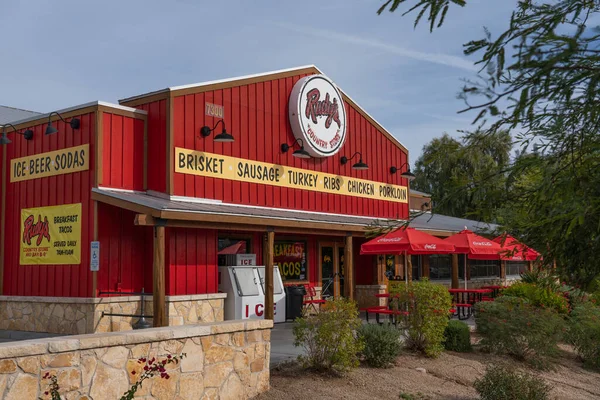
Gaspé Peninsula’s Chandler brings together 7,500 residents who work in forestry and fishing while living entirely in French. The town emerged from the lumber industry, but French culture provided the social glue that held the community together through economic ups and downs.
Modern Chandler balances industrial heritage with French cultural preservation, hosting summer festivals where traditional music and contemporary French artists share the same stages.
Like Travel Pug’s content? Follow us on MSN.
New Richmond
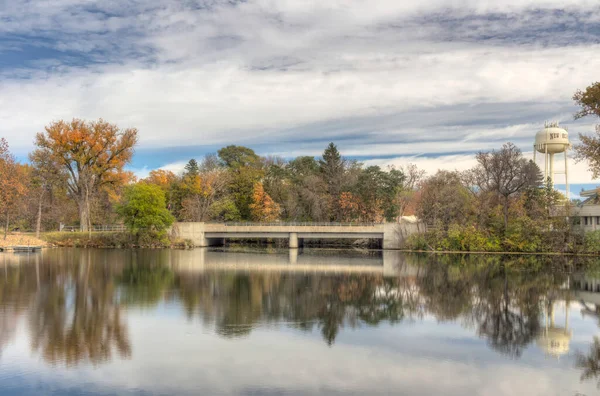
The town of 3,700 on the Gaspé Peninsula proves that French communities can thrive in diverse settings, as New Richmond also hosts significant English and Mi’kmaq populations. The French-speaking majority maintains the town’s linguistic character while celebrating the multicultural heritage that makes the region unique.
Town council meetings rotate between languages, but French dominates daily commerce and social interactions.
Amqui

Nestled in the Matapédia Valley, Amqui’s 6,200 residents live surrounded by mountains while surrounded by French culture and conversation. This inland town serves as a regional hub for forestry and agriculture, with all business conducted in French from farm equipment sales to municipal planning meetings.
The local high school’s graduation ceremonies happen in French, sending young people into the world with strong linguistic roots.
Carleton-sur-Mer

Overlooking Chaleur Bay with Mount Saint-Joseph as a backdrop, Carleton-sur-Mer’s 4,000 residents enjoy some of Quebec’s most spectacular scenery while maintaining some of its strongest French traditions. The town combines natural beauty with cultural preservation, hosting French-language cultural events against the backdrop of dramatic coastal landscapes.
Local restaurants serve traditional Quebec cuisine while servers and customers chat in the same French that has echoed through these valleys for centuries.
Like Travel Pug’s content? Follow us on MSN.
Where History Meets Tomorrow

These 20 communities represent far more than geographical curiosities—they’re proof that language and culture can flourish when communities commit to preservation without isolation. From New Brunswick’s Acadian shores to Ontario’s northern forests, French-speaking Canadians have created spaces where their heritage lives and breathes rather than merely survives.
These towns adapted to modern realities while maintaining linguistic authenticity, showing that cultural preservation and contemporary life can coexist beautifully. Each morning in these communities, French voices carry forward centuries of tradition while discussing today’s challenges and tomorrow’s possibilities.
More from Travel Pug

- 20 Best Beach Towns in the Carolinas
- 13 Destinations Where Tourists Regularly Regret Their Trip
- 20 Things You Actually Get in First Class
- 20 Small Airports With Aviation Museums
- 20 Places in the U.S. That Are Perfect for a Reset Trip
Like Travel Pug’s content? Follow us on MSN.
